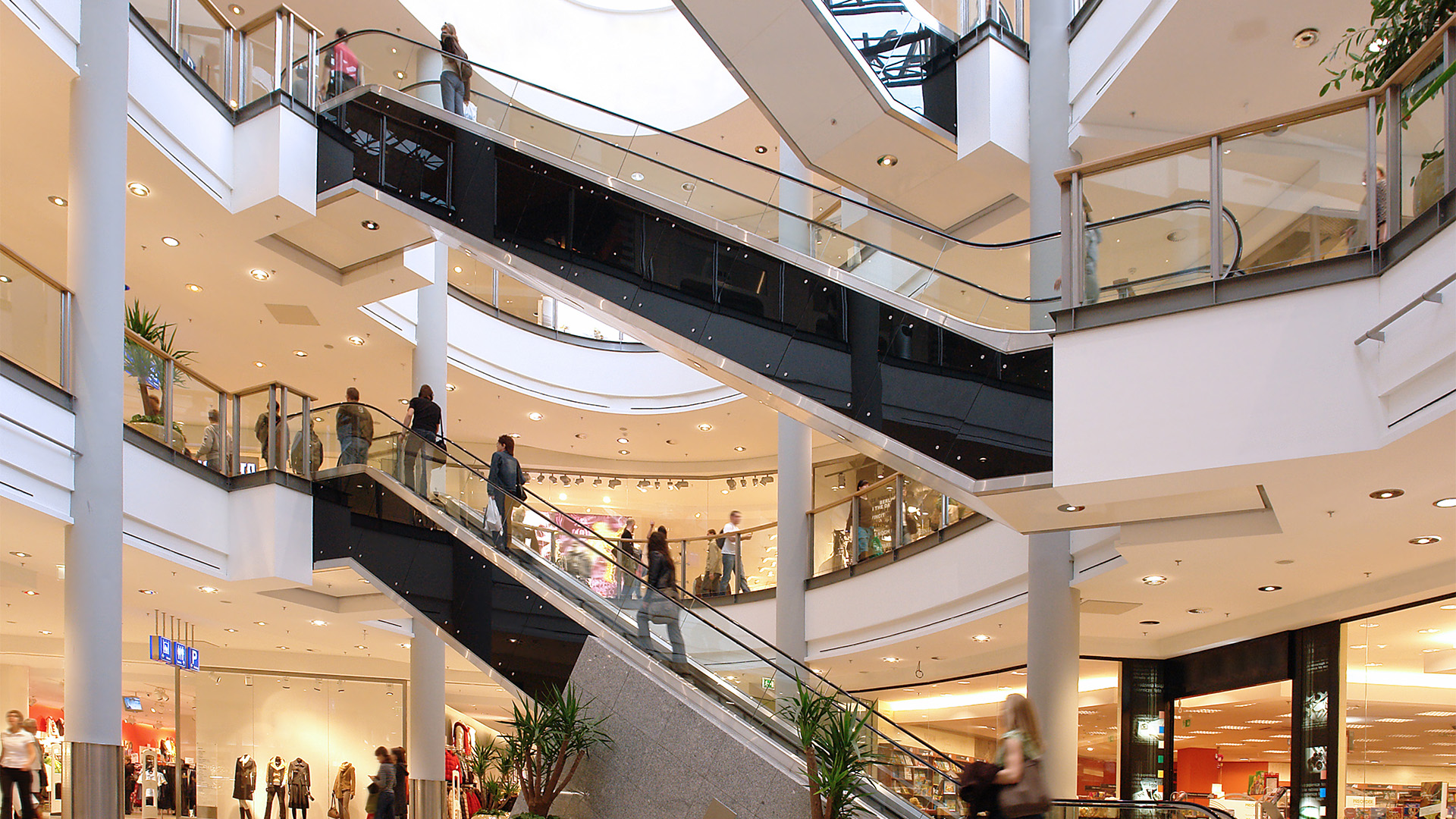In a troubling sign of the times, the Australian retail landscape is grappling with an ongoing decline as retail sales continue to tumble, signaling the harsh impact of the prevailing cost-of-living crisis on consumer spending patterns. Recent data released by the ABS has revealed a disheartening 0.5% drop in retail sales during the June quarter, adding to the woes of the sector following a 0.8% decline in the previous March quarter and a 0.4% fall in the final quarter of 2022.
This persistent downward spiral marks a significant turning point, as it marks the first time since 2008 that the Australian retail sector has faced a successive three-quarter contraction, a somber testament to the mounting challenges faced by businesses in the sector. ABS's Head of Retail Statistics, Ben Dorber, emphasized the gravity of the situation, explaining that "The widespread fall in sales volumes reflects what retailers have been telling us about consumers focusing on essentials, buying less, or switching to cheaper brands."
This sobering reality paints a broader picture of consumer preferences gravitating towards essential purchases while curbing discretionary spending, a response to the prevailing economic uncertainty. The data underscores the extent of the impact, revealing that retail sales volumes have now seen a dip of 1.4% compared to the corresponding period last year – a stark reminder of the sector's fragility.
Significantly, this isn't just a story of one particular segment. Food sales volumes, an indicator of household spending on essentials, experienced a decline of 0.7% in the June quarter, echoing a consecutive downward trend. Of notable concern is the slump in sales at cafes, restaurants, and takeaway food services, experiencing their first contraction since the September 2021 COVID-19 lockdown, with a 0.1% drop in this period.
Amidst these unfavorable trends in retail sales, the dynamics of retail prices are on a divergent path, escalating by 0.9% in the June quarter, as opposed to the 0.7% recorded in March. This inflationary pressure further compounds the challenges faced by retailers, who are contending with the spiraling costs of conducting business in the current economic climate.
Paul Zahra, Chief Executive of the Australia Retail Association (ARA), expressed deep apprehension, pointing out that "The last time we saw three consecutive quarters of retail sales volume decline was in the Global Financial Crisis – which gives us a concerning insight into the current economic climate." He underlined the predicament of retailers, who are confronting a twofold challenge of diminishing demand alongside mounting operational costs.
In response, Zahra called on the Reserve Bank of Australia (RBA) to take these disconcerting figures into account in future monetary decisions, urging a measured approach. Despite the RBA's recent decision to maintain the cash rate at 4.1%, following multiple rate hikes since May 2022, the industry is looking for a signal of consideration for the broader economic landscape.
However, amidst the pervasive downturn, a glimmer of optimism emerges from the clothing, footwear, and personal accessory retailing sector, which managed to buck the trend with a 1.1% surge in retail sales volumes during the June quarter. This uptick has been attributed to heightened promotional activities and discounting, particularly through winter clearance sales. Nevertheless, the broader question remains as to whether these isolated gains can provide a counterbalance to the overarching challenges facing the Australian retail sector.
ABS: Total Retail Turnover















